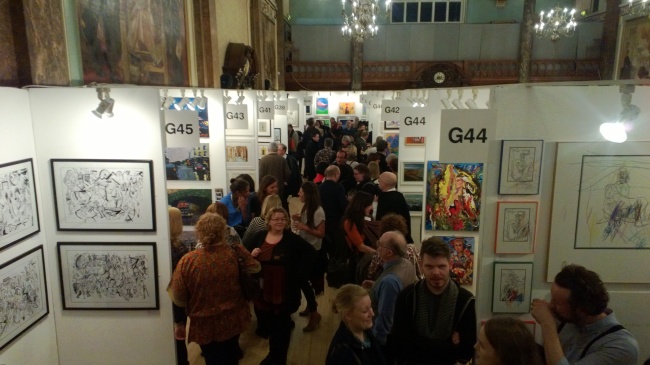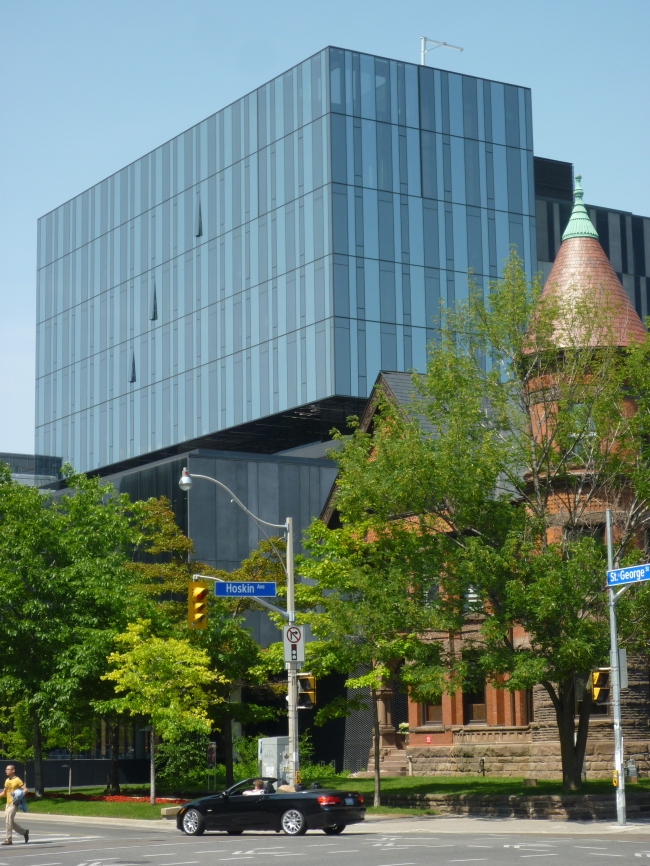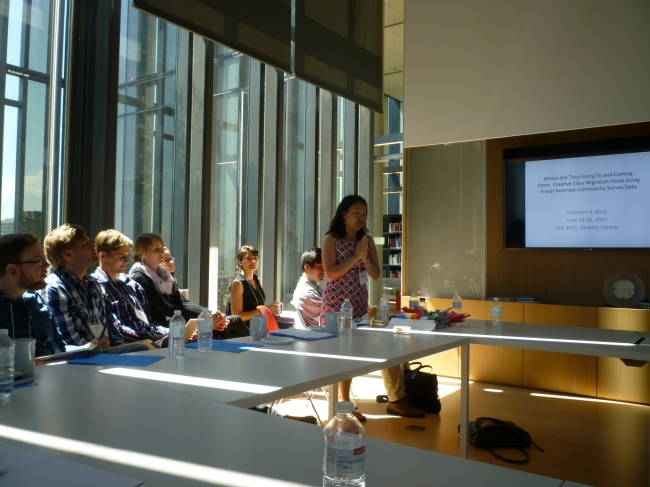Organised by Google, The Guardian and MediaGuru. 21 March 2013.
In March 2013, I was invited by United Kingdom Trade & Investment to attend a summit on the future of digital and media in India as an expert on the creative economy. The Big Tent Activate Summit, held at the Taj Palace Hotel, Delhi, was financially underwritten by Google along with The Guardian and MediaGuru, an Indian media services company. A short statement from the organisers explained the agenda was to “discuss and debate the impact of the Internet on the Indian economy, politics, media and culture.” Marking the first Summit to be held in India, Eric Schimdt (CEO of Google) and Alan Rusbridger (Editor of The Guardian) talked alongside politicians, media specialists, economists, academics, digital entrepreneurs and, to a lesser extent, marginalised groups and individuals. Weaving a somewhat problematic path through commercial gains to be made by big business and digital as a force for challenging inequalities in India, the summit nevertheless raised some interesting issues.
There are 150 million internet users in India. However, despite appearing huge in comparison to UK metrics, this figure only represents 12% of the Indian population. Of this 12%, the majority are on narrowband with just 1% estimated to have broadband. By point of comparison, the US has 80% penetration and UK 73% penetration (in market-speak). The internet effects how we work, govern, bank, learn and entertain. Furthermore, it has the capabilities to transform how we communicate with each other. As Kapil Sibal, Minister for Communication and Information Technology, told delegates the internet ‘allows communities to talk to each other’. Yet Section 66 was widely discussed by panellists as a curtailment of the democratic freedom of expression with divergent opinions on whether this was justified to prevent violent protests and killings in the most extreme of cases. Despite low usage, Ministers Omar Abdullah and Shashi Tharoor did agree that social media, and Twitter especially, was increasingly taken seriously in politics due to their power to influence as well as amplify volatile subjects.
In regards to equality, Sibal and Schimdt urged the Indian state to ensure wireless networks and fibre optics were installed so that everyday people can reach information. Further, devices must also be affordable, in particular smart mobile phones. Interestingly, 3/4th of the growth in internet usage has been through mobile and tablet therefore web publishers targeting Indian markets need to consider small screen experience with low text, in contrast to the big screen computer experience we were first introduced to in the UK.
Innovative battery-operated education labs used in rural villages were showcased, which took ZAYA, a mobile and digital learning experience, to areas that lack text books and sometimes electricity. A breakout session at lunch by Radar also showed how technology could support marginalised groups through the usage of simple text messaging as a means of citizen reporting in politically, socially and geographically isolated areas. Dalat women were amongst those who shared their stories with Rusbridger, eventually getting past hotel security only with help from the organisers, demonstrating the caste system still shapes everyday experiences in India.
During my 5 day visit I also had the chance to pay a visit to Sarai which is part of the Centre for the Study of Developing Societies located in north Delhi. Sarai in an interdisciplinary research centre which runs the Media City Research project and Cybermoholla. These are digital labs located in neighbourhoods in Delhi aimed at connecting with diverse socio-economic groups and young people; echoing some of our community engagement priorities in Birmingham and Manchester on the Cultural Intermediation project. Also Sarai’s environment is itself a case study of a cultural intermediary, connecting creative practice, theory and political action from its position within a megacity in the global south. I was very impressed by my brief visit to Sarai and hope to start a conversation with the academics and practitioners based there on our shared interests going forward…






